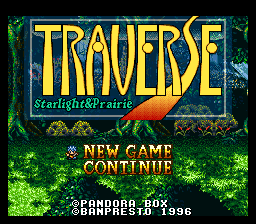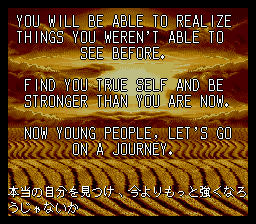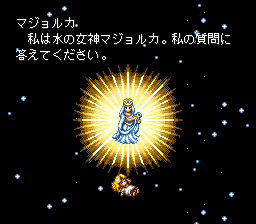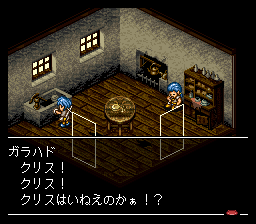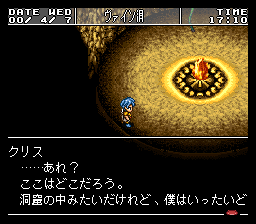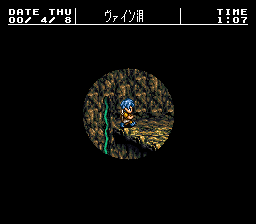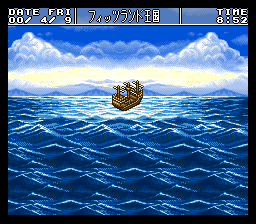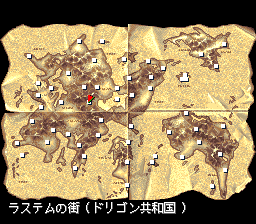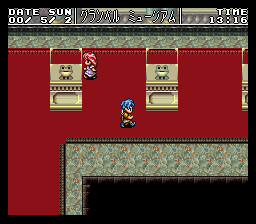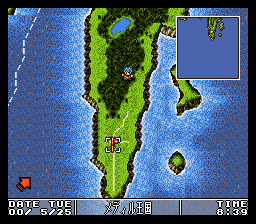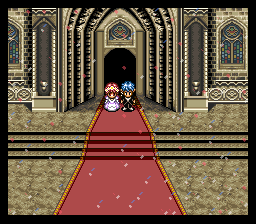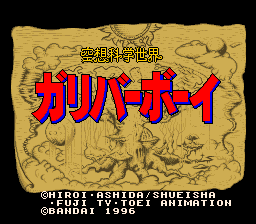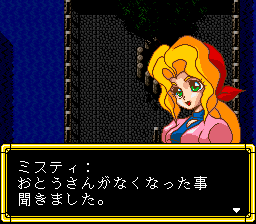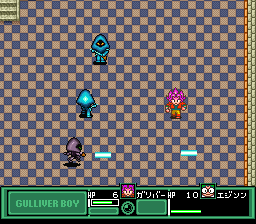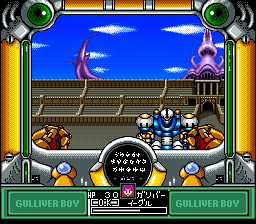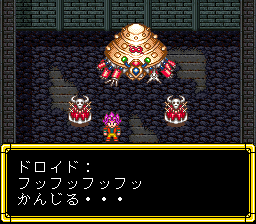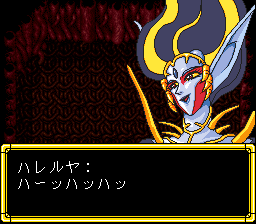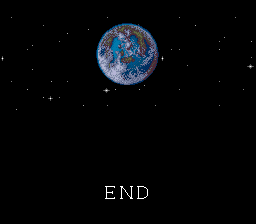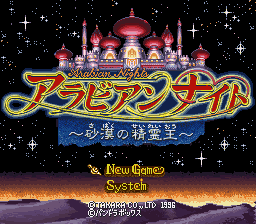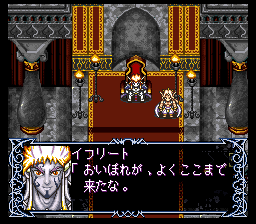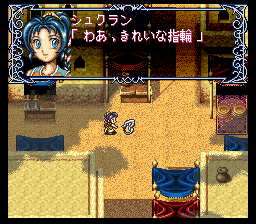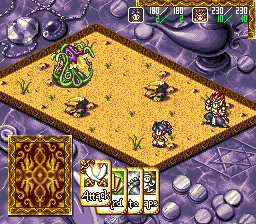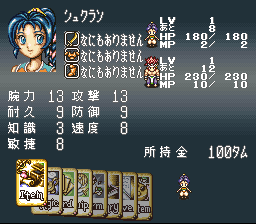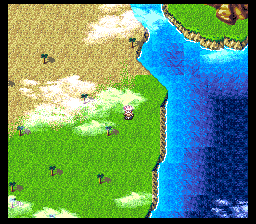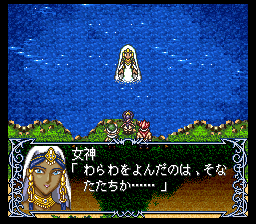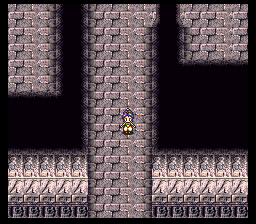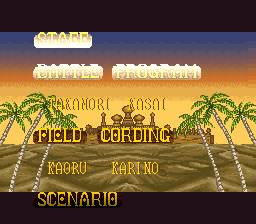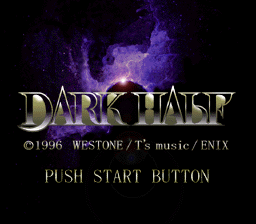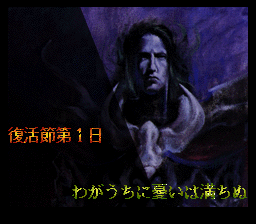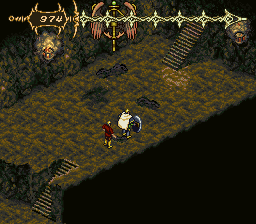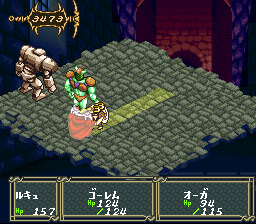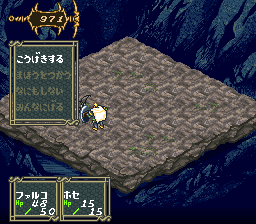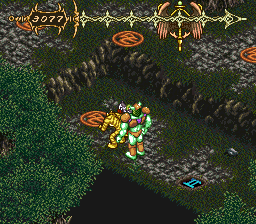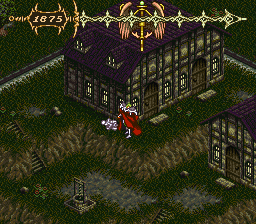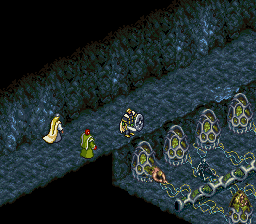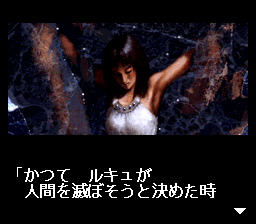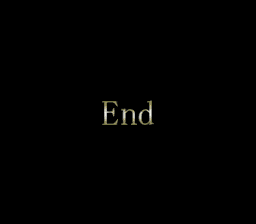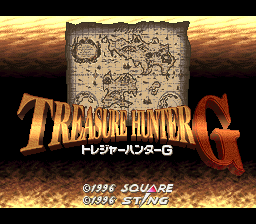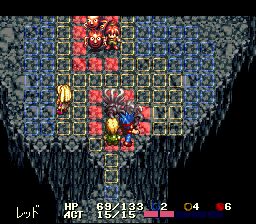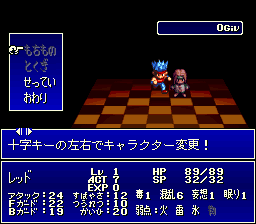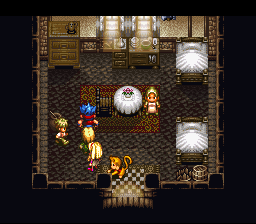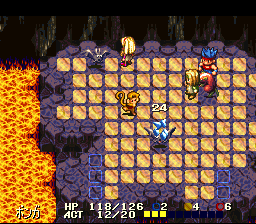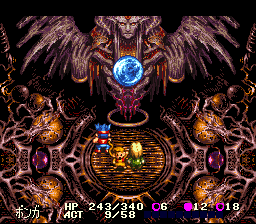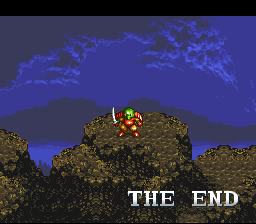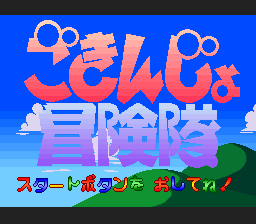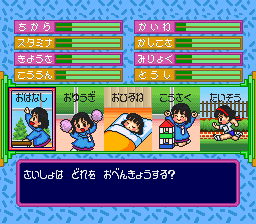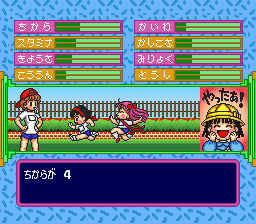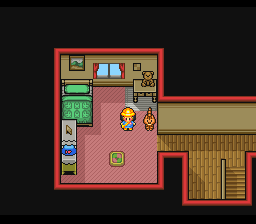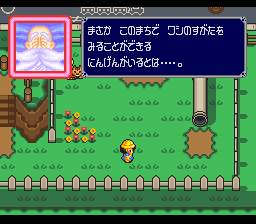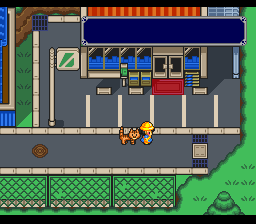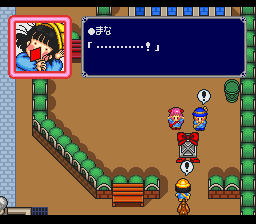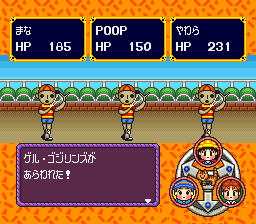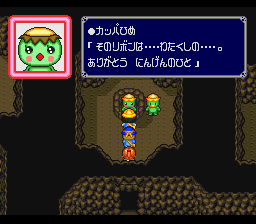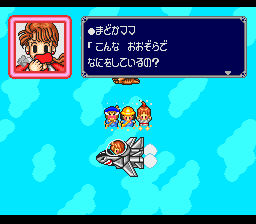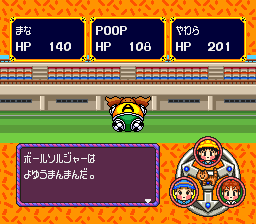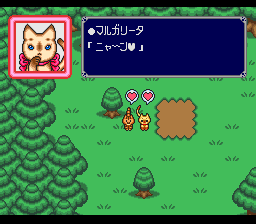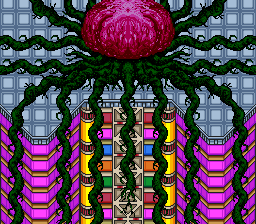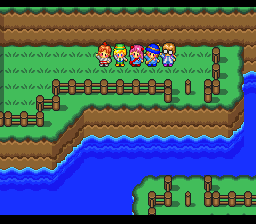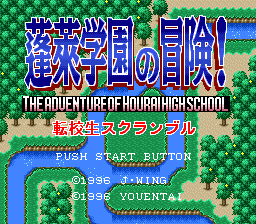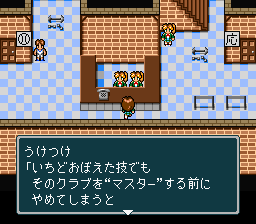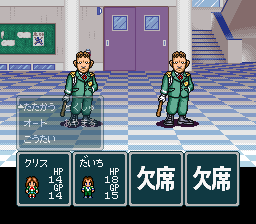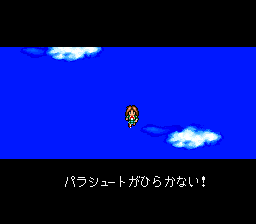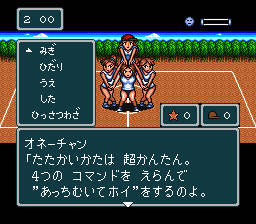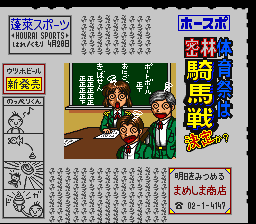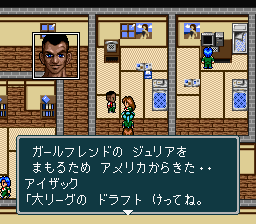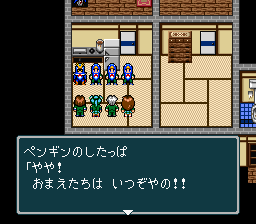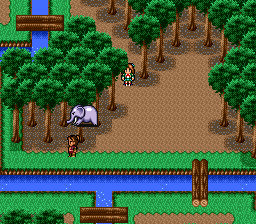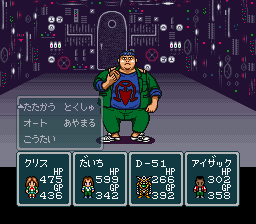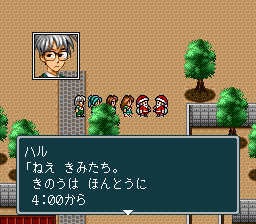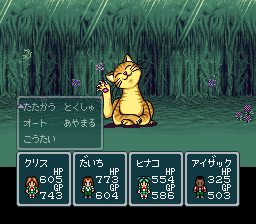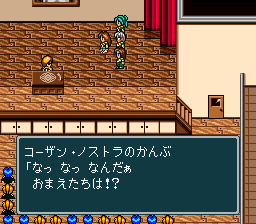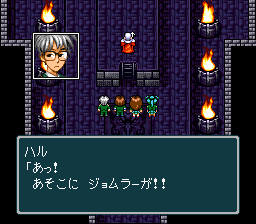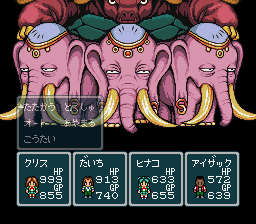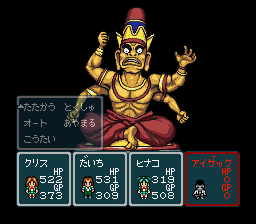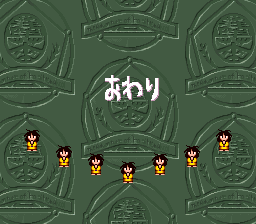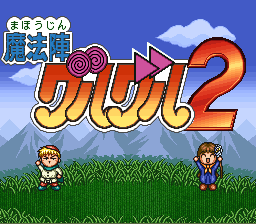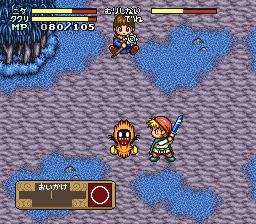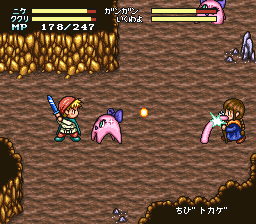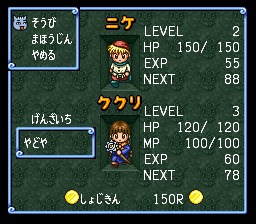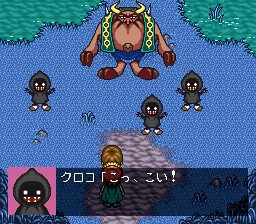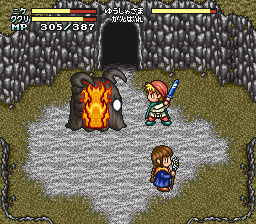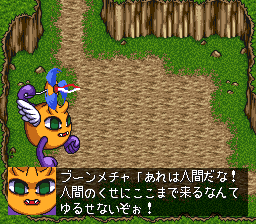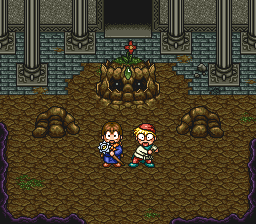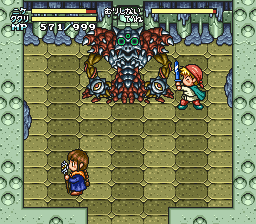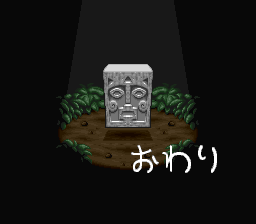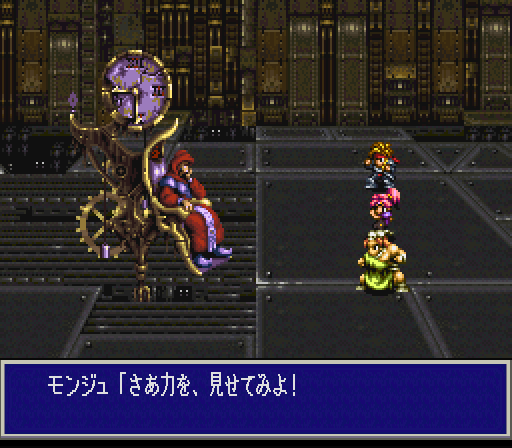Star Ocean (スターオーシャン), released 7/19/1996, developed by Tri-Ace, released by Enix
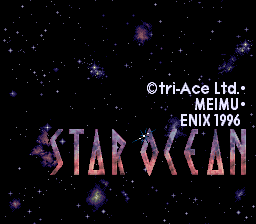
This game was developed by people from Wolf Team who had left to form their own unit after being dissatisfied with the development process of Tales of Phantasia. The game pushes the SFC to its absolute limits, boasting a 48 megabit cart with a special compression chip that allowed for more graphics storage. It also used a method to quickly swap in voice clips to allow for a large amount (for a SFC game) of voice in the battles. It’s definitely a great looking game, and the music (by Motoi Sakuraba) is good as well.
On the other hand, there is a lot of evidence that the development of the game was rushed — the Roak section seems to represent just the first part of the story they were trying to tell but consists of about 70% of the game. There are places where it seems like things had to be quickly cut out or shortened last minute, dummied out places in the game, and such.
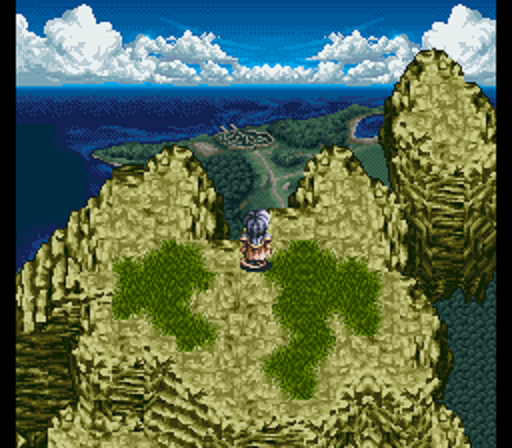
The emulation process of the game is also a narrative in itself. DeJap did a fan translation of the game in the early 2000s, but the S-DD1 compression chip at the time could not be emulated. So the hackers who worked on the translation, together with the zsnes team, simply used a process to feed the compressed files through the chip and then save them as a “graphics pack”. You had to download this pack and use zsnes (or later snes9x) which had been specifically hacked to load the graphics from the pack.
One of byuu/near’s big goals for bsnes was to eliminate these kinds of hacks. The first step was “high level emulation”, where tests were used to figure out what the S-DD1 chip was doing, and code that into bsnes. Therefore you no longer needed the graphics pack to play. Later, byuu used the services of an anonymous engineer to use some process to extract the S-DD1 chip’s inner workings, and now you can get the sdd1.cpp file which is simply the code that is on the chip.
To insert a personal anecdote here, byuu and I happened to be living in the same city when they were working on this, and I had a super famicom unit that I wasn’t using anymore. We met up for lunch and I gave him the sfc — I know they used it for the extraction of one of the chips but I don’t think it was the S-DD1. I think I’m one of only a few people in the sfc/emulation area who actually met them in real life.
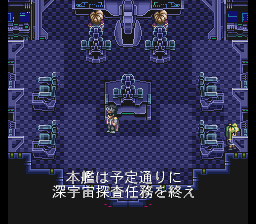
I remember trying the game out at the time but I never played it much. I think the random encounter rate was too annoying, and I also could never find a control pad that worked well enough to make me want to play it. I did play the PSP version later but also never finished that. Now I finally have finished Star Ocean. (On the other hand, I was totally obsessed with Star Ocean 3 to the point where I probably put in 300 or so hours in the original and the director’s cut combined.)
The game begins with a fully voiced (in English!) opening sequences where a federation ship sees a planet get destroyed. The game then moves to the planet Roak, which seems to be a low-tech planet. This sets up what seems to be the standard for all Star Ocean games — although the game involves spaceships and future technology, the majority of the game takes place on a pre-modern civilization planet.
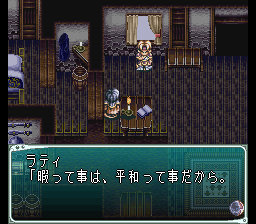
We are introduced to some of the main characters — Ratie, Milly, and Dorn. They are part of the defense force of Kratus town. After defending the town from some thieves, Milly’s dad sends a letter telling them that the town of Coule is suffering from some kind of epidemic disease.
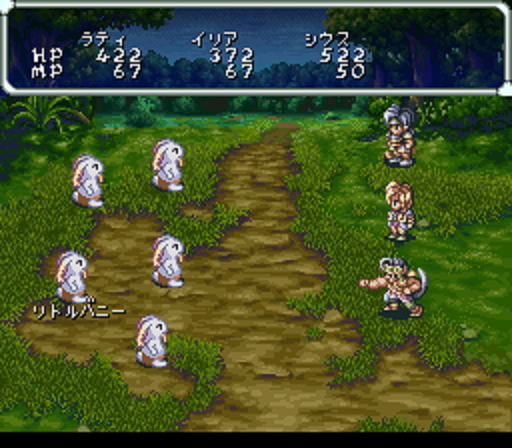
The battle system is real time like Phantasia, but here it’s on a battlefield rather than just a linear screen. Also in contrast to Phantasia your other members can actually fight rather than hiding behind Cless all the time. To attack you just pick a target with A, then hit A to use a physical attack or L/R to use abilities assigned to those buttons (either short or long). I found that most of the time physical attacks were perfectly fine.
For the most part the difficulty level is low; you can stun enemies pretty easily and the encounter rate is high enough you should be levelled enough to beat most enemies. The exception are monsters that can turn your characters to stone; I found these were always potential game overs and that I had to immediately run away to have even a chance of not getting a game over.
The first problem in this opening sequence is one that reoccurs throughout the game — there’s too much backtracking, and there’s no town warp item or spell. Also the complexity of the graphics make traversing the dungeons more annoying than it should be.
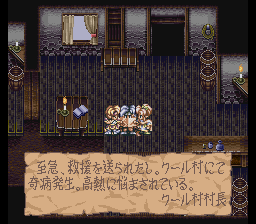
Eventually all the people of Coule are turned to stone, including Milly’s dad. Dorn is also infected Milly and Ratie try to get some herbs to help but instead they run into Ronix and Iria who have beamed down from a ship.
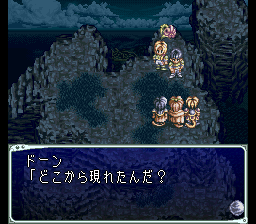
They’re here investigating a bioweapon that has apparently been developed from the blood of people on Ratok, this planet. There is a very long story sequence where we learn that the Federation is at war with Lezonia, and Lezonia is making the bioweapon. But Lezonia is being forced into this by some shadowy third power. The characters go to the Time Gate (I think this is borrowed from the Star Trek episode “City on the Edge of Forever”) and go back to Ratok 300 years in the past. This is where the majority of the game takes place, although as I said earlier I suspect that this is due to development limitations rather than the original intent of the story.
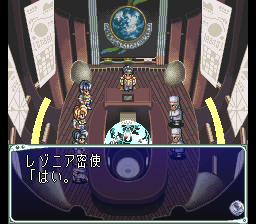
The basic idea of the Ratok section is to get four items from the four kings of the world, then enter the “demon world” to take on Asmodeus. Although something went wrong in my playthrough because Asmodeus was never actually introduced, the characters just suddenly said our goal was to beat him — I think I missed an event, perhaps one that wasn’t supposed to be optional.
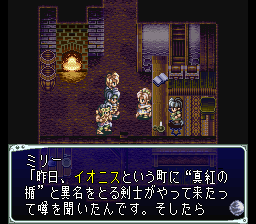
You can recruit a number of characters, some of whom are mutually exclusive. There are also “private actions” in towns — your characters will split up, and then you can activate sub events by finding them in town. I didn’t really do any of these.
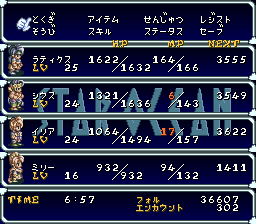
When you level up, you get skill points that you can spend on a large number of abilities. Some of these affect your combat, others let you identify items or do item crafting. I didn’t do much item crafting because the things necessary are only available in specific towns (and once again you can’t town warp). I understand that if you know what you are doing you can make really powerful items and weapons. But as I said before, I didn’t find this necessary.
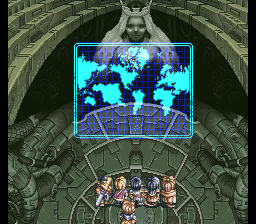
Eventually it is revealed that the Roak people are actually from the legendary continent of Mu on Earth, who were somehow taken to Roak when a meteroite hit the Earth. They eventually find Asmodeus, who still extracts the blood sample from the Roak people (since we can’t change history), but at least we are able to take some things from the lab to make an antidote. Milly and Rati return to present Roak and use a vaccine to cure all the people who have been turned to stone, and Ronix and Ilia go back to their ship.
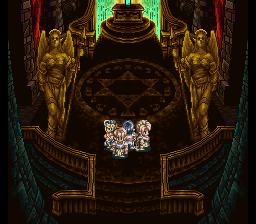
This is where the story and pacing go off the rails. I have a feeling the rest of the story was supposed to be a more significant part of the game, but as it is it’s just crammed into the last 15% or so. For no clear reason, a ship from Fargett (the mysterious 3rd power) appears and demands a surrender, but Ronix is allowed to use the time gate to bring back the Ratie, Milly, and the 300 year past characters and go beat the Fargett ship. It turns out that they are also descendants of Mu.
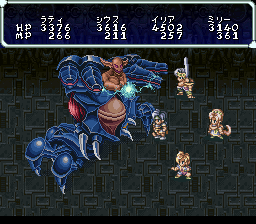
I didn’t think the final boss was very hard. It was easy to keep him stunlocked and my attacks did a lot of damage. Now after this, everyone goes back to their homes.
So overall this is an impressive technological display of what the Super Famicom can do. And I wouldn’t say it’s a bad game. But the development problems really show, and the annoying amount of backtracking coupled with the high encounter rate can be tedious (although you can use an ability called Scout to reduce the rate).
I believe that Tri Ace immediately started working on Star Ocean 2 and my understanding is that game is a bit more polished than this one. I’d like to play it some day.
